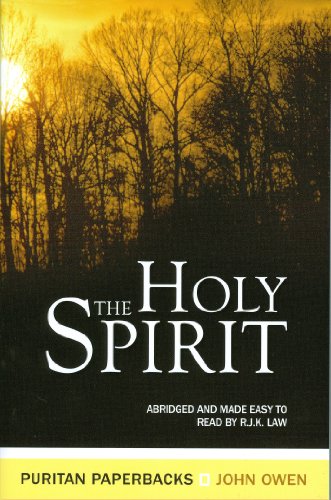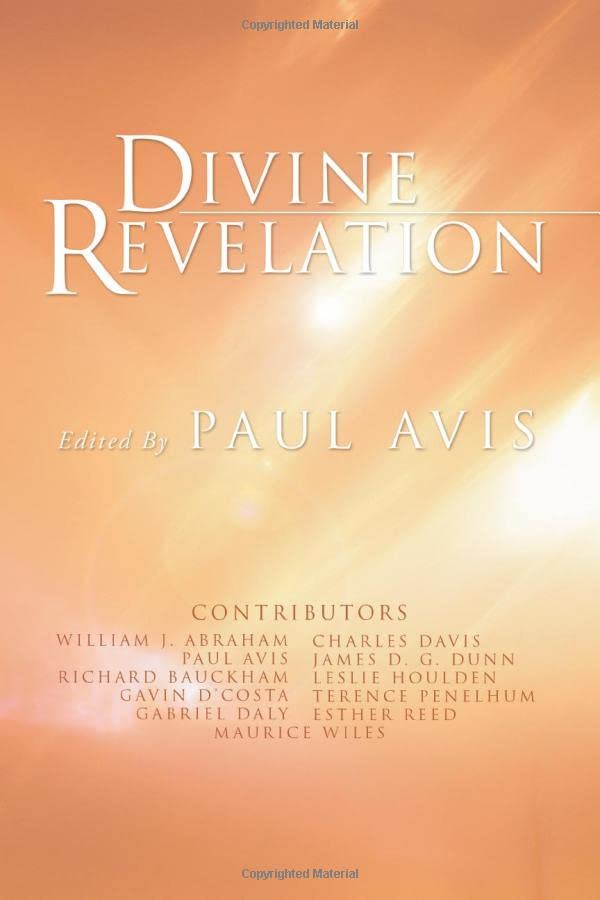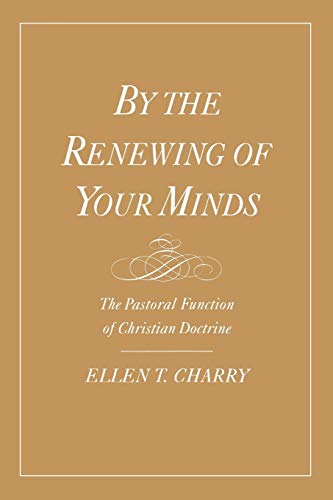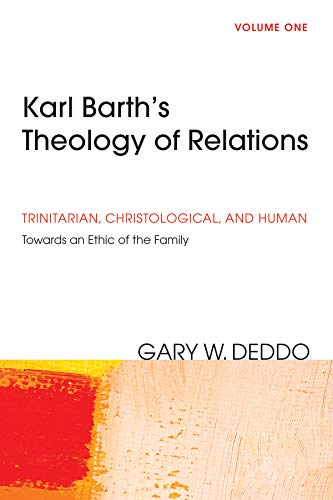Jesus and the Doctrine of Atonement
Written by C.J. den Heyer, trans. John Bowden Reviewed By Stephen TravisI have found this book refreshing, irritating, and challenging—for reasons which I will explain in a moment. The author, a New Testament professor in the Netherlands, explores the tensions between what a historian may confidently affirm about the historical Jesus and the doctrines later formulated about him; between the fact that Jesus died as a victim of Roman power and the Christian conviction that his death enables our reconciliation to God.
He summarises in chapter 1 key features of the life and mission of Jesus. In the following eight chapters he works through most of the New Testament’s references to the significance of Jesus’ crucifixion, demonstrating the variety of images with which the writers found meaning in his death. Finally he reflects on how far Christians today may affirm the classical interpretations of Christ’s death which have been developed from the New Testament teaching.
The book is refreshing in the clarity of its presentation. If only some other books on the atonement were half as readable as this! Professor den Heyer decided to leave all his scholarly books in his bookcase and write the book with only the Bible, a dictionary and a concordance open in front of him. There are no footnotes, only a vivid and stimulating text.
But that is where the irritation comes in. What do I do when he offers an interpretation which I suspect is inadequate, or for which I want to know the evidence? With no footnotes to fill in the background or point me to more detailed discussion, I am constantly left feeling that his presentation is one-sided when there is much that could be said on the other side. For example, in the chapter on Jesus’ own understanding of his death the evidence of the Fourth Gospel is quickly dismissed. There is a tentative admission that in the ‘ransom saying’ of Mark 10:45 Jesus may have seen his own suffering as a ‘dying for many’. But there is no mention of the possibility that Isaiah 53 might have informed Jesus’ understanding. The references to ‘servant’ simply express the idea that Jesus ‘lived (and died) for others’.
The challenge comes in two parts. First, it comes in the realisation that many other popular books, by people of all shades of theological opinion, pose the same dilemma as this one. Readers of this journal will have read many books which present a particular viewpoint in a popular, accessible style without footnotes and without much discussion of other people’s perspectives. We need books of this kind, because theology is too important to be left to the specialists. But how can one write such a book with integrity, in a way which presents the author’s viewpoint without giving the impression that other views aren’t serious options to be considered? If footnotes are inappropriate, maybe one way forward is to include a page or two at the end which explain where fuller discussion, or different perspectives, may be found.
Secondly, the book is challenging precisely because it proposes interpretations of the New Testament’s reflections on Christ’s death which I would want to question. There’s nothing like a contrary viewpoint to make you grapple with what you really think and why. For himself, Professor den Heyer reaches the conclusion that ‘Jesus’ life and death had an “exemplary” character’ (134). Even though I find this disappointingly inadequate, I remain grateful to him for thought-provoking study.
Stephen Travis
St John’s College, Nottingham







